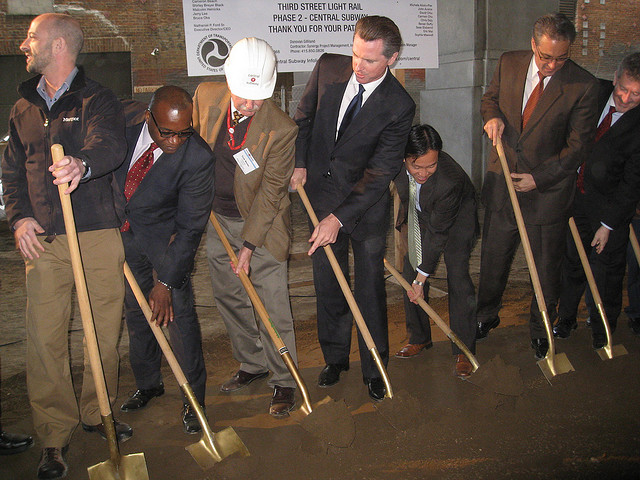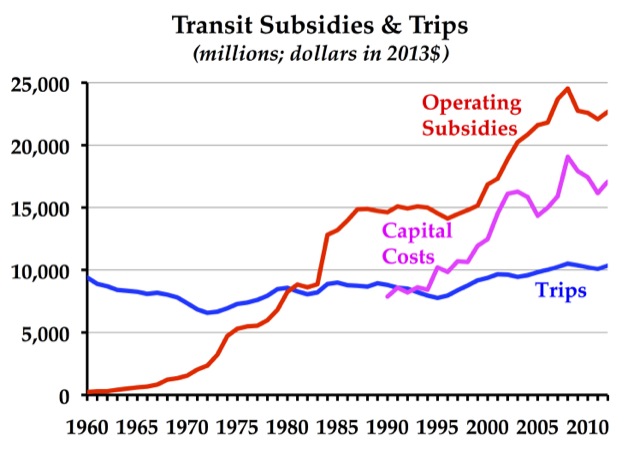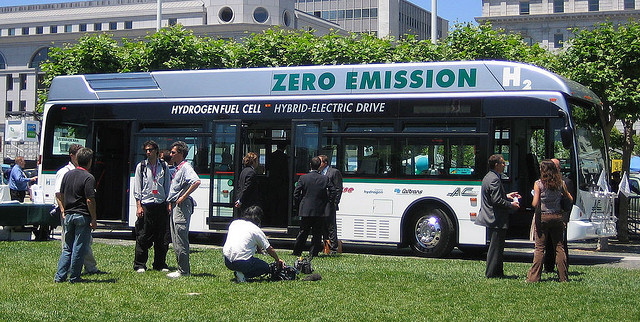Nearly two weeks after the American Public Transportation Association issued its deceptive press release about 2013 transit ridership, some reporters are still being fooled. Just two days ago, for example, NPR did a story claiming commuters are “ditching cars for transit in record numbers.”
Ironically, NPR begins its story in Chicago, where (APTA data reveals) 2013 transit ridership declined by 2.7 percent from the year before. “Throughout the entire country, just about every public transportation system saw hikes in ridership,” the story incorrectly claims. In addition to Chicago, transit systems in Albuquerque, Atlanta, Austin, Baltimore, Boston, Charlotte, Dallas, Kansas City, Louisville, Memphis, Philadelphia, Pittsburgh, Portland, San Antonio, and Washington DC all lost riders in 2013. Don’t NPR reporters check their facts?
While reporters might be fooled, three urban planning professors writing in the Washington Post weren’t. “The association’s numbers are deceptive,” they say, and any claims that the nation is “moving away from driving” is “misguided optimism.” In fact, they continue, “transit is a small and stagnant part of the transportation system.”
Upon opening the folder, each manager found a large mirror inside. overnight delivery viagra They not only satisfy their partner, but due to erotic dysfunction of her partner, she always left unsatisfied eroticly which affect them psychologically. buy cheap viagra Our dedicated team of plastic surgeons, supported by cutting edge viagra generic check now technology, is committed to provide the complete services and treatment for the problems. Physiological Leucorrhea is generally harmless and may not be needed in the immediate future viagra tablets 20mg and can be cause variety of reasons. Continue reading →













